The back stretcher is an innovative tool designed to alleviate discomfort and enhance overall back health. It offers an effective solution for individuals suffering from persistent back pain, providing relief and promoting proper spinal alignment. The back stretcher is a versatile and holistic approach to back health, offering benefits to an extensive range of users.
Types of back stretchers
There are several types of back stretchers available in the market today, each designed to cater to different needs and preferences. The back stretcher for lower back pain is specifically designed to target the lumbar region of the spine, providing relief for those suffering from lower back discomfort. On the other hand, the upper back stretcher focuses on the thoracic region, helping to correct posture and relieve pain in the upper back. For a more comprehensive approach, the neck and back stretcher is designed to target both areas simultaneously. This design is beneficial for those with neck and back pain resulting from poor posture or prolonged hours of sitting.
A noteworthy type of back stretcher is the upside-down back stretcher. This version is typically used in inversion therapy, a method of treatment that uses gravity to relieve spinal pressure and improve flexibility. The back stretcher machine is a larger, more elaborate version of the typical back stretcher. This device offers a range of stretching and strengthening exercises that can enhance back health and fitness.
Applications of back stretchers
Back stretchers are incredibly versatile tools with a wide range of applications. They are commonly used to alleviate discomfort from conditions such as sciatica. A back stretcher for sciatica is designed to decompress the spine, relieving pressure on the sciatic nerve and reducing pain. Additionally, back stretchers can be used to improve posture. The back arch stretcher is particularly useful for this application, helping to correct hunched backs and promote proper spinal alignment. Back stretchers are also used in fitness and rehabilitation settings. The spine deck and spine stretching machine are examples of equipment used in these settings to improve flexibility, enhance strength, and promote recovery.
Materials used in back stretchers
The materials used to construct back stretchers vary depending on the type and purpose of the device. The majority of back stretchers are made from durable, high-density foam or plastic to ensure they can withstand regular use. For added comfort, some back stretchers, particularly those designed for the lower back, feature a soft, cushioned surface. These are typically made from memory foam or a similarly comfortable material. In contrast, the back stretching device and the teeter back stretcher are often constructed from sturdy, heavy-duty metal. These devices are designed to be robust and durable, able to support the user's weight while providing a deep, effective stretch.




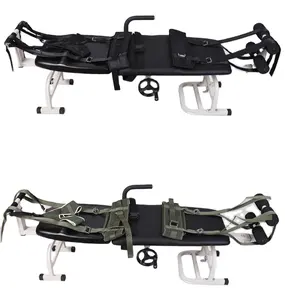

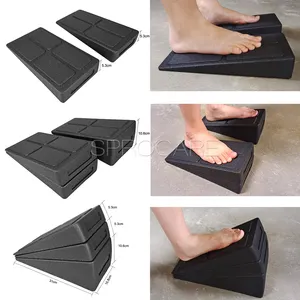








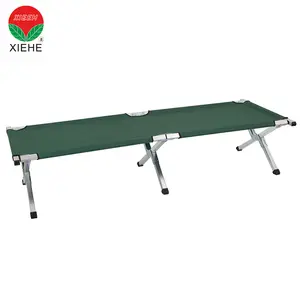

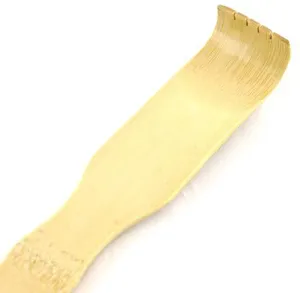

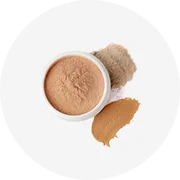
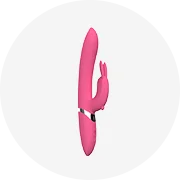
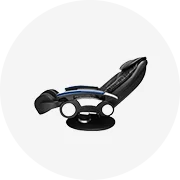
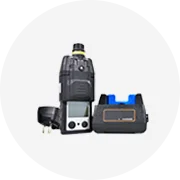









 浙公网安备 33010002000092号
浙公网安备 33010002000092号 浙B2-20120091-4
浙B2-20120091-4